Early Spring Gardening Checklist
Hurray for May! Spring is here at last.
For those of us who love to dig in and get our hands dirty, there’s much to be done. Even though the weather is still a bit unpredictable, here’s an early spring checklist to help you organize.
- Lawn Care
Spring is the best time to prevent weed seeds from germinating in your lawn. A good crabgrass preventer should be applied when your forsythia bushes finish blooming. Or, if weeds are not as much a priority, it’s time to seed and fertilize. You might also want to do a soil test to see if it needs correcting. - Prune
Now is an ideal time to prune shrubs that do not bloom in the spring. Prune away any deadwood and reshape its silhouette. - Structural Repairs
Now’s a great time to repair raised beds, reinforce that trellis, and freshen up gravel or stone pathways. - Clean out Debris
Clear out unwanted brush, rake remaining leaves, and clean out planting beds. - Feed & Protect your Beds
As soon as your soil dries enough, add a top dressing of compost or your go-to organic mix. Then cover your beds with mulch. - Take Care of the Birds
Birds add so much to any garden environment. Now’s the time to fill your bird feeders and clean out birdhouses. - Check your Equipment
Time to open up those sheds and check on equipment and supplies. Clean and organize your garden tools & pots. Check on hoses and hook them up for the season. Sharpen cutting tools.


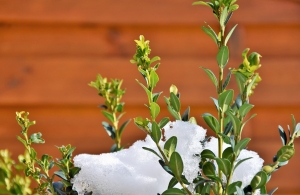 Broadleaf Evergreens
Broadleaf Evergreens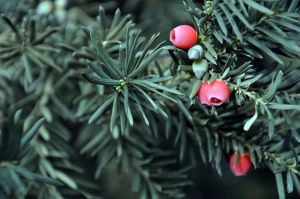 Conifer Evergreen Shrubs
Conifer Evergreen Shrubs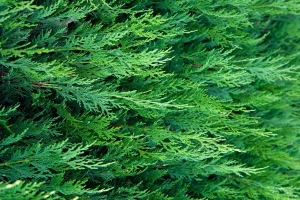 Conifer Evergreen Trees
Conifer Evergreen Trees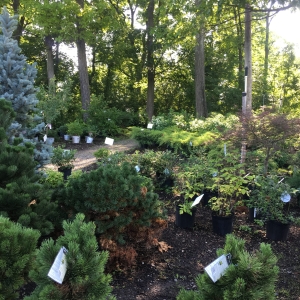 Don’t accept the monotony of a typical winter landscape. Augustine Nursery carries an impressive array of evergreens in all shapes and sizes for homeowners and landscapers. Ask us how you can best add evergreens to your yard.
Don’t accept the monotony of a typical winter landscape. Augustine Nursery carries an impressive array of evergreens in all shapes and sizes for homeowners and landscapers. Ask us how you can best add evergreens to your yard. 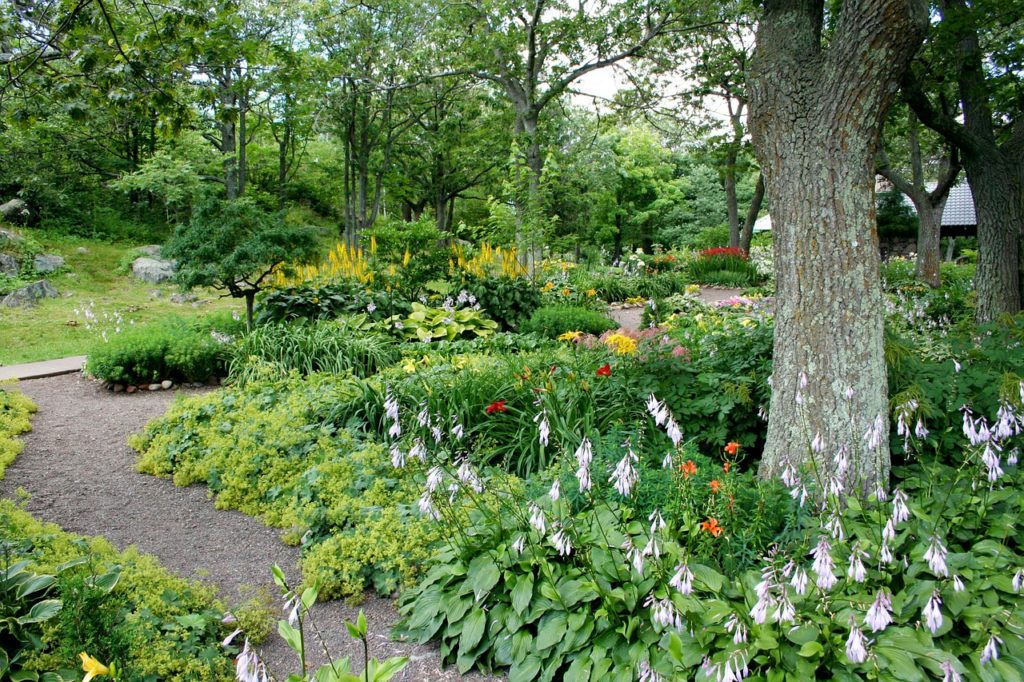
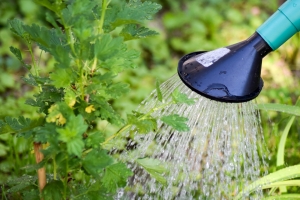 Watering the shrubs, trees, and plants in your yard is a judgement call that depends on your yard’s soil, the weather, and the drainage on your property. Getting watering right also depends on observation and experience. So when watering, it’s important to take mental notes.
Watering the shrubs, trees, and plants in your yard is a judgement call that depends on your yard’s soil, the weather, and the drainage on your property. Getting watering right also depends on observation and experience. So when watering, it’s important to take mental notes.


